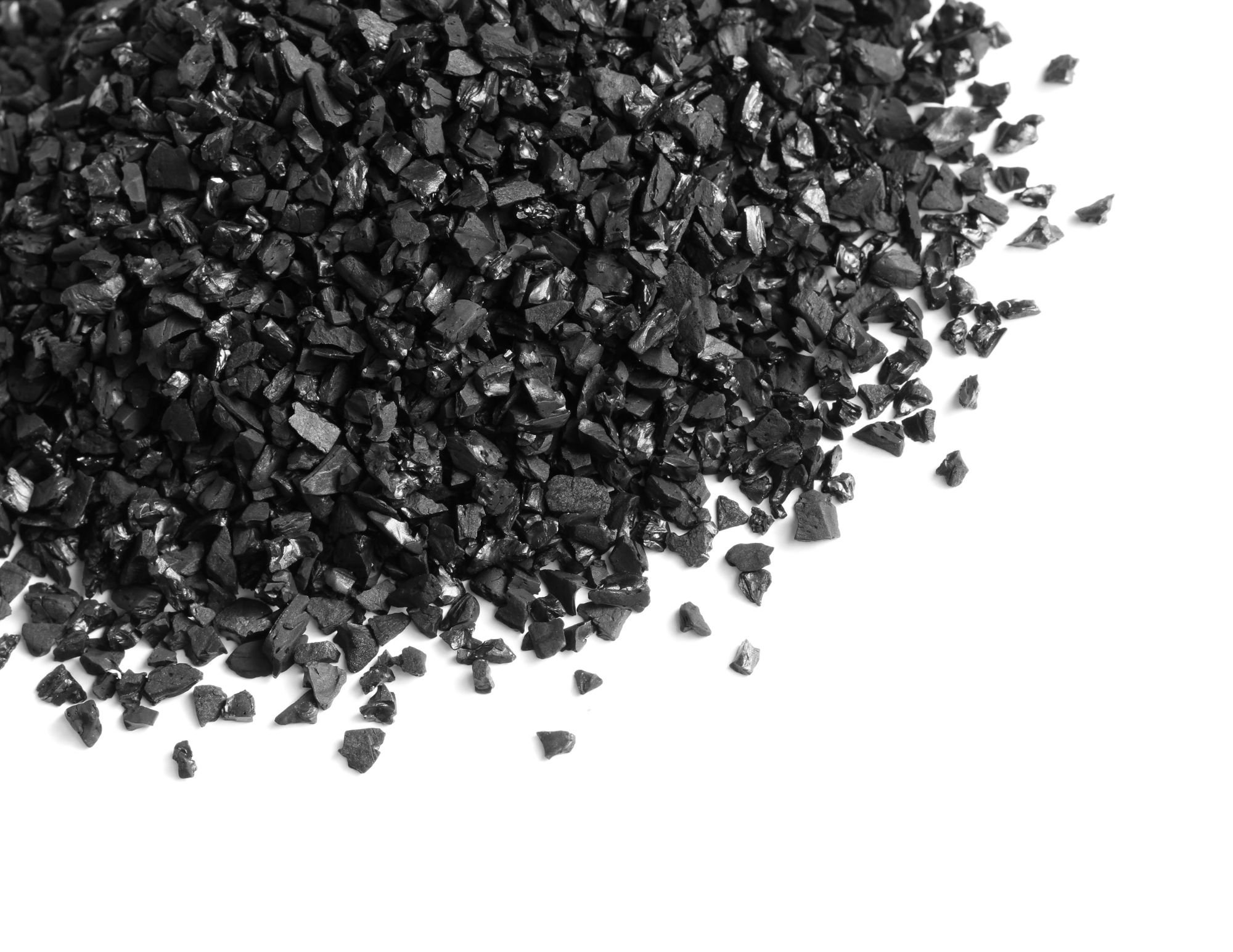
Longevity
Carbon Filtration
Our activated carbon filtration systems improve your water’s taste and odor, while removing chlorine, pharmaceuticals, and organics — including Volatile organic compounds (VOCs) and antibiotics
Water that’s safer and tastes better
Improve your water’s taste while eliminating odors, pharmaceuticals, chemicals and dissolved organic chemicals. This is not your typical carbon filtration.
Activate the coconut
We use Catalytic High Activated Carbon (CAT-HAC) and Coconut Shell High Activated Carbon (CS-HAC) manufactured from select grades of coconut shell coal. We also
Eliminate Chemicals
Our system takes out chlorine, chloramine, and compounds such as hydrogen sulfide that are used to treat city water or are byproducts of treatment.
Stay Green
We use Very Green technology that is environmentally safe and non-toxic.
No over-chlorination
When your city over-chlorinates your water you won’t have to worry when you have a Longevity Carbon System.
No maintenance
No filter changes…period! Essentially no maintenance at all. After 6-8 years we can come replace the media to restore you system completely for another 6-8 years.
Long-live your system
By reducing chemicals, trace heavy metals, and other contaminants, a carbon system will increase the lifespan of your Longevity Softener by years!
Contamination events
In Utah there were 170 “near miss” events in drinking water supplies over the course of a year that included boil orders, chemical spills and severe operational failures. With a Longevity system you can rest easy knowing you are protected from contamination.
Source: Deseret News, "Is your drinking water safe? 350,000 Utahns receiving water from systems with known problems", Feb 2020
Specs
-
High-activity coconut shell based granular carbon that is specifically designed for the reduction of chloramines and hydrogen sulfide from potable water. Manufactured from select grades of coconut shell coal to produce a high density, durable granular product capable of withstanding the abrasion and dynamics associated with repeated hydraulic transport, backwashing and mechanical handling.
We use Catalytic-High Activated Carbon (CAT-HAC), Coconut Shell-High Activated Carbon (CS-HAC), and bone char carbon in our systems.
-
Longevity mineral tanks are made of high density polyethylene (HDPE) plastic liner with composite fiberglass filament winding over the liner. We like to use triple-walled tanks. The design provides a continuous seamless inner liner with a glass filled polypropylene inlet for higher strength and pressure capabilities. Essentially, the tank will handle whatever we throw at it.
-
To customize the treatment of your water to handle the removal of contaminants based on your water usage, our control systems are capable of three modes of operation; meter immediate, meter delayed, or time clock delayed. We evaluate your needs at the time of your water test and our manufacturer pre-programs the system to your exact needs. All you have to do is make sure to set the clock!
We also have a double backwash feature if necessary, which offers optimum regeneration, cleaning ability, and efficiency.
-
Longevity has systems of all sizes for residential or commercial use.
Our typical backwash carbon systems are 1.5 CU and 2.5 CU.
-
Activation is carefully controlled to produce exceptionally high internal surface area with optimum pore size for the adsorption of a broad range of low molecular weight organic contaminants and oxidizing agents like chlorine and ozone.
One of the most common applications for Clack Coconut Shell-High Activated Carbon (CS-HAC) is the reduction of the undesirable tastes and odors present in many chlorinated water supplies. CS-HAC has been successful for many years in the reduction of free chlorine from water supplies. The end product is clean, fresh water with no objectionable taste or odor characteristics. Coconut Shell-High Activated Carbon (CS-HAC) may be used for a variety of water treatment applications requiring the reduction of chlorine, tastes and odors.


